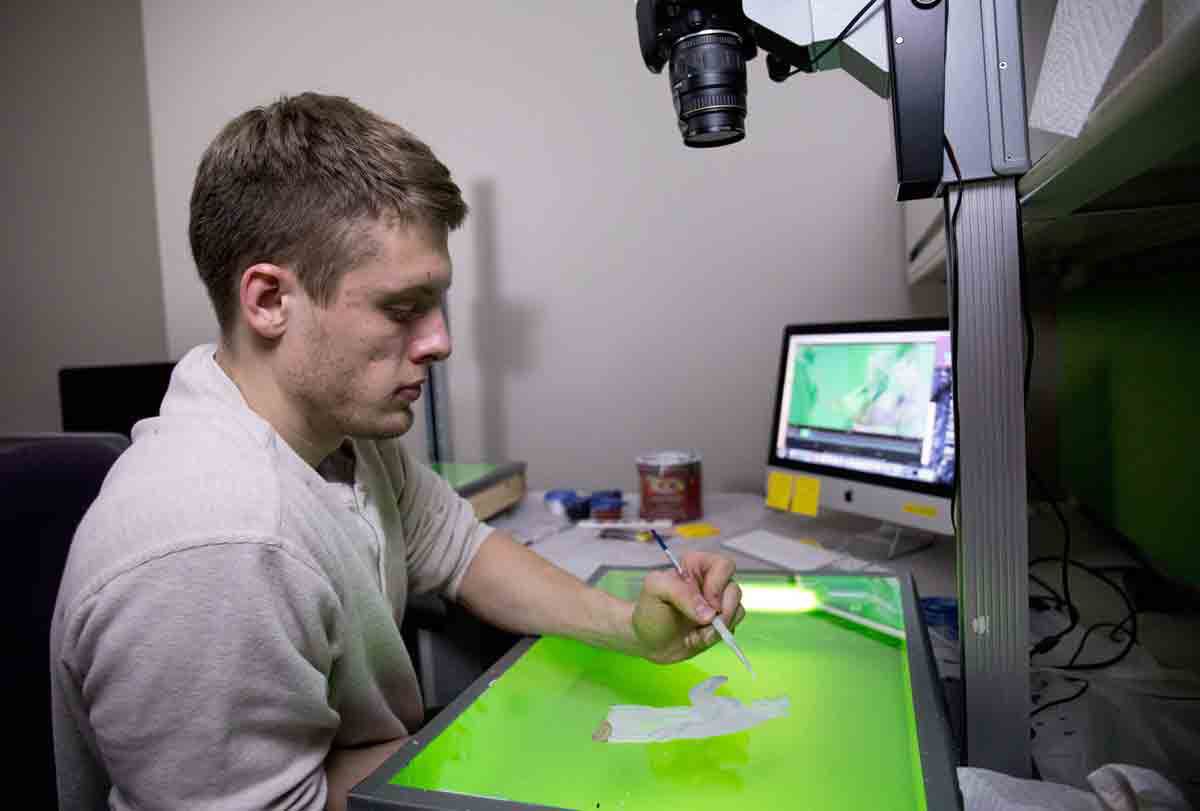
University of Nebraska-Lincoln professors Michael Burton, William G. Thomas III and Kwakiutl Dreher are rewriting a piece of history: the fall of Anna, the story of a slave woman who cast herself from a third story window in an act of defiance against her masters. She broke her back and both of her arms.
Anna’s story became well-known in the abolitionist movement. She became a symbol of the anguish, grief and hysteria that resulted from slavery. Abolitionist writers such as Jesse Torrey referred to her as an example of the negative effects of slavery, where a woman would rather commit suicide than work in the Georgia cotton fields. Nobody knows what happened to her after the incident and many presumed she died as a slave.
This is incorrect.
Thomas’ research led him to Anna’s documentation in the National Archives in Washington D.C. She didn’t fade from public life, and she didn’t spend the rest of her life working on a cotton plantation. Instead, she fought the courts in Washington D.C. and legally earned her freedom 17 years after the incident.
This story has never been told before and will be presented in a short animation feature. Thomas said he felt presenting history in an animation format will allow more members of the public to understand Anna’s fight for abolishing slavery.
“The animation can speak to a wide range of audiences,” Thomas said. “I’m really excited to see history in this new medium.”
The script for the film, “Anna,” was written by Dreher, an associate professor in the UNL English department. Dreher specializes in African-American literature and has written several encyclopedia entries, including famous women in history and African-American women in literature.
The animation style isn’t the average children’s Saturday morning cartoon. Instead, Burton, assistant professor of practice at UNL, and three student animators are painting every frame by hand.
The magic happens in a small, dimly-lit office room in the Home Economics building on East Campus. Paintbrushes and paper plates covered in dried paint litter the desk space, along with two bulky wooden boxes acting as a green screen.
A black Canon camera stares down at a smudge of white paint that, upon further inspection, reveals intricate shading consistent with linen. It snaps a photo to create one frame of animation for what turns out to be a headwrap.
The process is called rotoscoping. Utilizing real actors, the story was shot on film, but every aspect will be painted over and animated on top of the actors. This includes clothes, hair, skin, backgrounds and everything else in the film.
Burton said the goal is to replicate etching, a popular art process during the time period. In fact, the only two images of Anna herself are engravings.
The result depicts more than a simple engraving. The first shot Burton showed was a sweeping bird’s-eye view across a field of grass with a tall plantation house just off in the distance. The camera takes the viewer down through trees of yellow and green and settles in front of a set of bare-bones shacks. A man pushing a wagon shuffles by, giving life to the painting and sending the viewer back in time.
Historical accuracy is a vital aspect not only to the script, but to the costumes as well, Burton said. Because of this, the team hired a material culture researcher from Pittsburg State University. She spent a summer researching the interiors of loom houses and what clothes different people wore. The researcher focused on smaller details as well, such as researching the clothing differences between people in different age groups.
The result was a set of costumes created by Nicole Rudolph, a graduate student in the textiles, merchandising and fashion design department, ripped straight from the time period.
“They’re immaculate,” Burton said.
Because of the competitiveness longer films face when vying for festival slots, Burton said the film will be between 12 and 18 minutes. The team is planning to submit “Anna” to the Virginia Film Festival, as well as a number of others including the Toronto and Tribeca Film Festival. Burton said, with some guidance from film industry insiders, they would love to submit an entry to the Sundance Film Festival.


